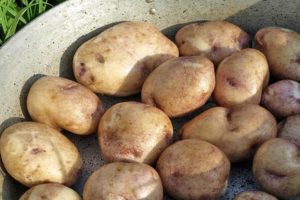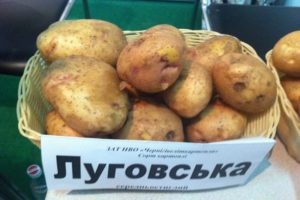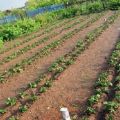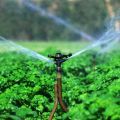How to properly grow and care for potatoes in the country?
Growing potatoes is a common activity that almost all gardeners are engaged in in their summer cottages. It is quite difficult for people without practical experience to grow such a vegetable, since they are unfamiliar with all the nuances of this process. Therefore, in order to get a high-quality harvest, you need to familiarize yourself with the features of growing potatoes in the garden.
Selection and preparation of seeds
Before you start planting potatoes, you need to familiarize yourself with the rules for choosing and processing planting material.
Seed selection
For growing potatoes in the country, you should choose the highest quality seed. It is recommended to plant zoned varieties of vegetables with resistance to parasites and common diseases. In this case, it is necessary to change the seed every year, since with prolonged use of tubers in crop rotation, even the most productive varieties lose their characteristics.
For people living in the middle lane, medium-early or early potatoes are suitable. Residents of the southern regions should give preference to late-ripening potatoes. However, it is best to plant several varieties of vegetables with different ripening periods on the site.
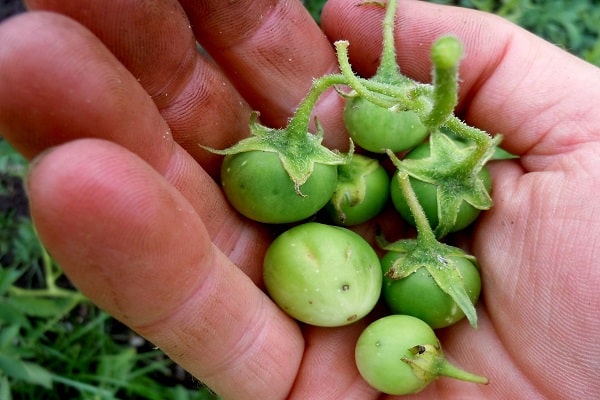
Treatment
Before planting and growing potatoes, the tubers must be pretreated.
Fungicides such as Matador are used to protect the plant from insects. It helps to get rid of beetles, flea beetles, moths and the Colorado potato beetle. To prepare a working solution, 40 ml of the drug is mixed with 300 ml of warm water. During processing, all planting tubers are laid out in a row and sprayed. When they are completely dry, they are turned over and re-sprayed. One treatment is enough to protect the plant from pests for the entire season.
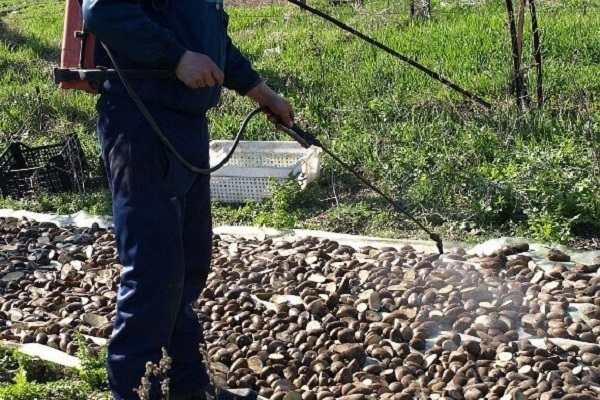
Land preparation
To grow potatoes in Transbaikalia and in other regions of the country, it is imperative to prepare the soil.
The first treatment is carried out in the autumn before the onset of the first frost. In the fall, the entire area where potatoes will be grown is dug onto a shovel bayonet. It is also recommended to completely clear the garden of all weeds that can be infected with various diseases. When the entire site is dug up, fertilizers are added to the soil. Rotted manure is perfect for feeding the site. When processing one square meter of a garden, 10 kg of manure is added to the soil, mixed with 20 grams of sulfate and 40 grams of superphosphate.
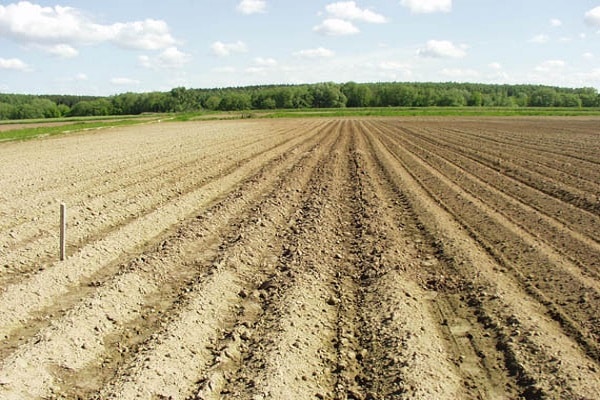
The next stage of soil preparation is carried out in the spring, when the ground warms up to 12-13 degrees. In the spring, the soil is drained so that the air better penetrates the soil. To do this, the top layer of the earth is slightly shifted with a pitchfork. Some people re-dig the area in the spring and remove the weeds. However, when re-digging, the shovel goes deep into the ground under the potato beds higher - only half a bayonet.
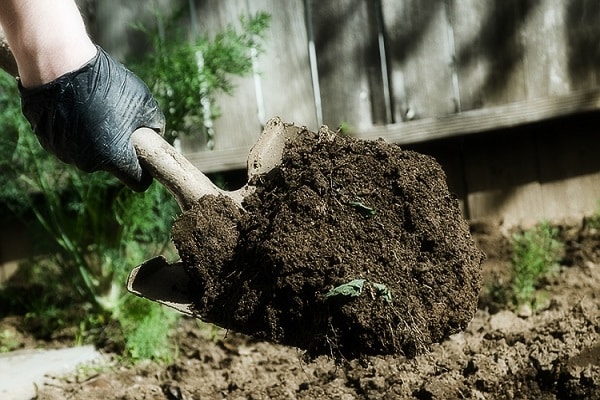
Landing dates
Many people grow late and early potatoes in early May without paying attention to the weather. Potatoes are planted only in the heated soil. If the soil is too cold, the tubers will grow slowly. Also, when determining the timing of planting, pay attention to the moisture content of the earth. Waterlogged soil negatively affects the health of the vegetable and leads to rotting of the planted seed.
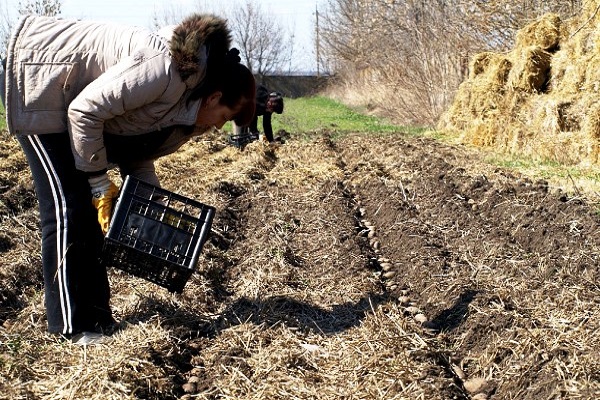
Some do not like growing early potatoes quickly and therefore plant them at the end of May. However, this should not be done, since closer to summer the soil dries up and because of this, the yield of vegetables deteriorates. On average, dry soil reduces yields by 20-30%.
To accurately determine the timing of planting tubers, you need to figure out at what temperature the potatoes grow. Potatoes are planted when the ground warms up to 10 degrees and night frosts completely disappear. Therefore, it is recommended to regularly monitor the weather and air temperature.
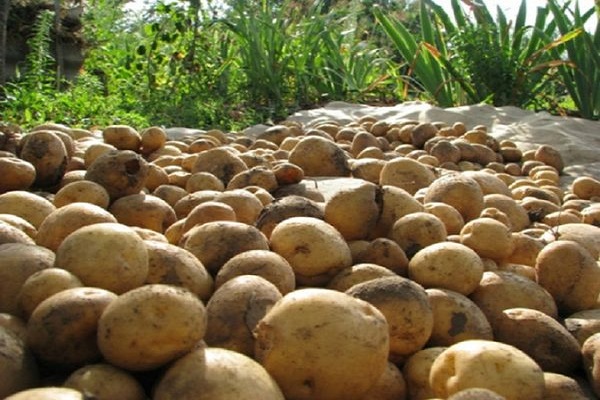
The main thing is to plant it correctly!
After preparing the site and seed, you need to familiarize yourself with the agricultural technology of planting potatoes. There are several common planting methods that are popular with gardeners.

Planting under mulch
The basis of this technology for growing potatoes is mulching, in which the surface of the earth is covered with covering materials. When growing vegetables under a mulch layer, the gardener does not have to constantly water the bushes and loosen the soil.
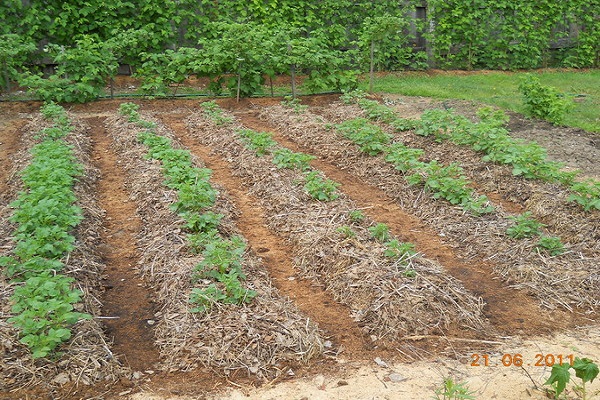
The most common organic material used for mulching is straw. It is recommended for use in areas with alkaline or neutral soil with a low acidity level. Fresh grass is also used, which is useful for increasing the nitrogen level in the area.
When planting resistant potato varieties, potato tubers are laid out on the surface of the ground under a mulch layer. Then they are sprinkled with soil so that the seed does not turn green and germinates faster. When all the potatoes are sprinkled with soil, they are covered with a layer of straw 20-25 cm thick.
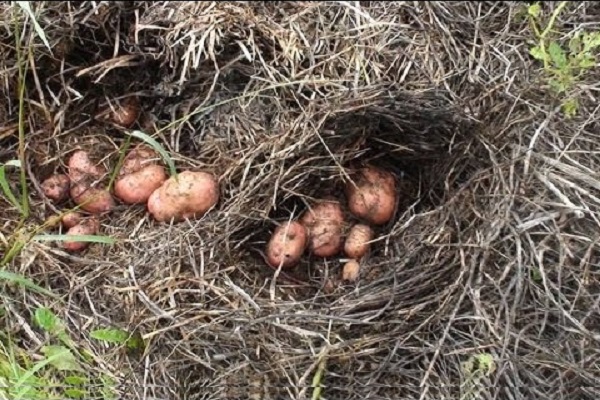
Landing in circular ridges
The technology of growing potatoes in circular ridges was first used in Holland and began to gain popularity in our country relatively recently. The main advantage of this method is the increased yield of potatoes growing in the ridges.

Before using this method of planting, you need to prepare a garden bed. For this, the site is dug up and fertilized with ash mixed with manure. After fertilizing the plot, beds of the required size are made - 1–2 meters is enough to plant three rows of potatoes.
When the beds are made, the potato tubers are laid out in rows at a distance of at least 30 cm. The unfolded potatoes are covered with a small layer of earth, from which a ridge is formed with a rake.

Care and handling
After planting, the potatoes are cared for to get a high-quality harvest.
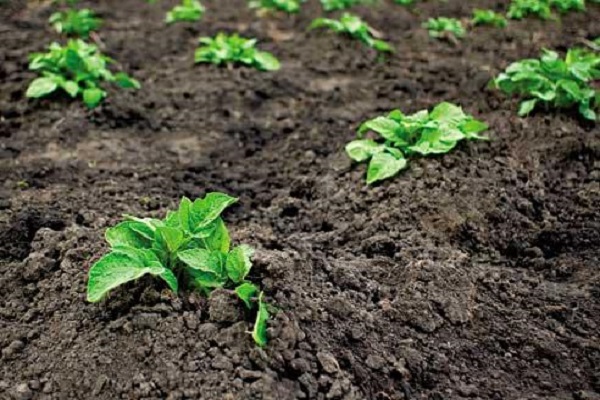
Watering
When growing this vegetable, you need to monitor the moisture level in the soil.
Potatoes love moisture, but that doesn't mean they need more watering. It is enough to moisten the soil twice a week in normal weather and three times in drought.Each plant uses 3-4 liters of water. Water the potato bushes very carefully so that the water does not get on the leaves.
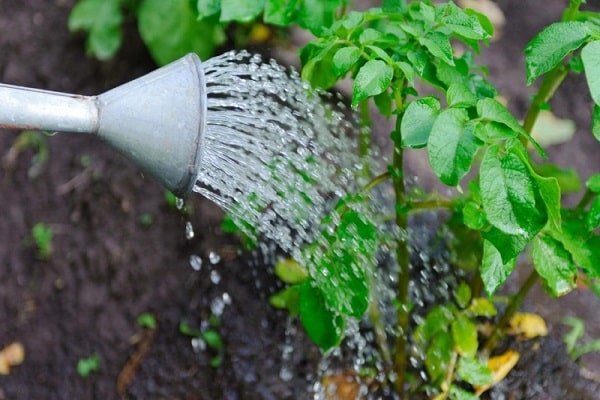
Alternative hilling
Potato growing technology includes regular loosening of the soil around the bushes being grown. The first hilling is carried out after germination. For this, it is recommended to use a small rake so as not to accidentally damage the bushes. Re-hilling is carried out when the plant grows to 10-15 cm in height. Next time you will have to loosen the aisles after rain.
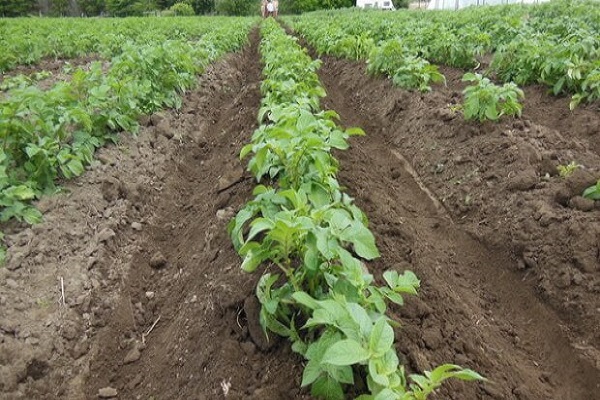
Top dressing
After planting, many do not know how to care for potatoes and whether they need to be fed. Plants must be fed, since the lack of nutrients impairs the yield of the cultivated bushes.
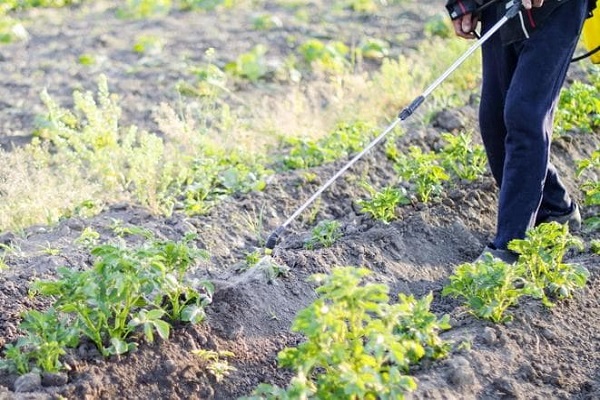
For the first time, fertilizers are applied during the growing season, when the tops of the plant are hardened. To do this, add 200 grams of urea and 2 kg of rotted humus to the soil. This proportion is enough to fertilize one row with potatoes.
Re-feeding is carried out when the first signs of a lack of nutrients appear. Their lack is evidenced by the gradual wilting of the bushes and yellowing of the leaves. For the second feeding, 100 grams of potassium sulfate and 500 grams of ash are used.

Disease and pest control
To get a good harvest, when growing potatoes, you need to monitor their health, since pests and diseases negatively affect productivity.
When the first signs of illness or the presence of dangerous pests appear, the plants are sprayed with Bordeaux liquid, which is very effective against pests. For its preparation, 100 grams of lime is mixed with 5 liters of heated water. In parallel with this, in the second container, 50 grams of copper sulfate is mixed with 4 liters of water. Then the two created solutions are poured into one large container and stirred. It is necessary to spray the bushes with Bordeaux liquid once a week until the symptoms of the disease completely disappear.
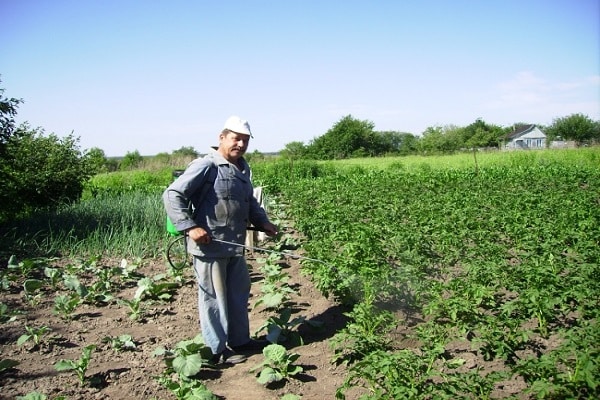
Harvest
After the growing season has passed, it is necessary to start collecting the ripe crop. It is worth doing this when the tops are completely yellow and dry. Digging up ripe potatoes is carried out on sunny days, so that later you do not have to waste time drying the tubers. When all the potatoes have been dug up, preparation for storage is carried out and a suitable room for the vegetable is selected. It is better to store the harvested crop in the cellar.
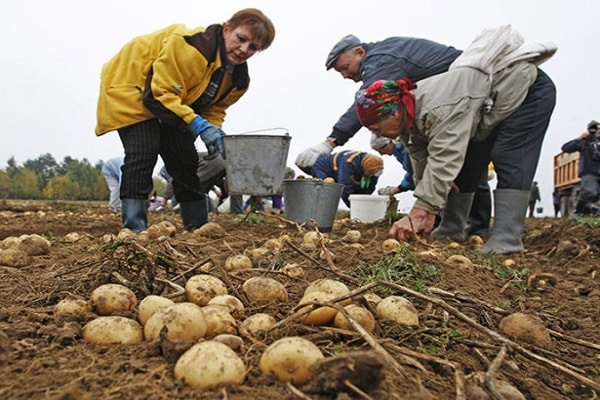
Conclusion
Almost all vegetable growers are engaged in growing potatoes in their gardens. To grow this vegetable correctly, you need to familiarize yourself with the features of planting and caring for potatoes.

